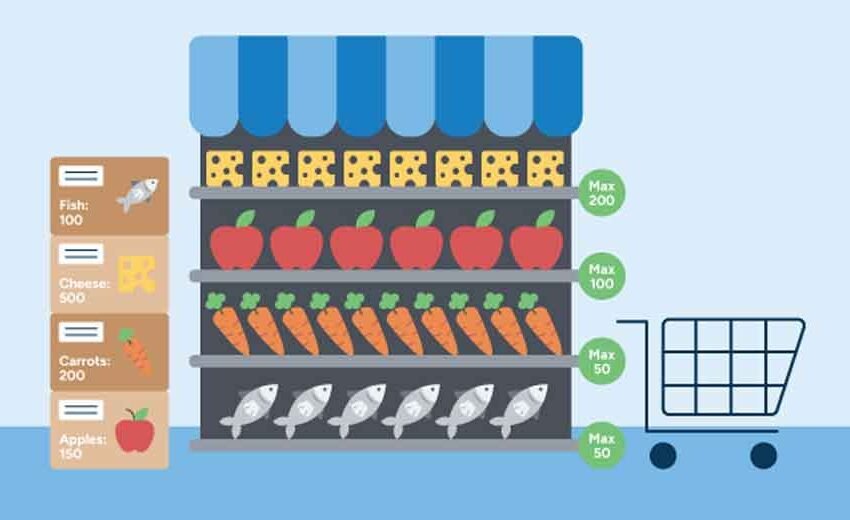How Convenience Stores Rely on a Smooth Supply Chain

When you pop into a corner shop for a cold drink or late-night pain reliever, you rarely think about the miles each item traveled—or the frantic phone calls that kept it from running out. Yet convenience stores live and die by the promise that what you need is always waiting on the shelf. Behind that promise hums a finely tuned supply chain that must move faster, forecast smarter, and recover quicker than most retail networks.
Speed Is the Secret Ingredient
Unlike big-box stores that can ride out a few empty facings, c-stores risk losing a customer forever if the favorite energy drink or lottery ticket is missing. Distributors, therefore, plan tight delivery cadences, sometimes dropping mixed pallets daily to urban locations with minimal backroom space.
Route trucks act as rolling warehouses, carrying enough diversity to replenish dozens of stores without slowing down. Drivers often scan bar codes as they stock, letting headquarters see real-time counts and reroute replenishment on the fly. That relentless pace—order today, restock tonight—is what keeps grab-and-go shoppers happy.
Forecasting Demand at the Front Counter
Convenience shopping is notoriously impulsive; a heat wave spikes bottled water sales, while a local football game drains the beer coolers. Data analysts marry historical POS figures with hyper-local factors such as event calendars, rush-hour traffic, and even nearby construction that might alter footfall. Many chains layer weather APIs onto their forecasting dashboards, nudging order quantities automatically when temperatures swing.
Managers still add the human touch—an experienced clerk knows the town carnival will double candy sales—even as machine-learning models churn in the background. The blend of instinct and algorithm shrinks spoilage, trims ordering costs, and keeps the merchandise mix finely tuned to the moment.
Collaborating with Local and National Suppliers
A single convenience store might carry national snack brands, regional bakery goods, and local craft sodas side by side. Smoothing that eclectic flow requires supplier partnerships based on transparency rather than haggling. National vendors provide electronic data interchange for automated invoicing and shipment tracking, while smaller purveyors often agree to consignment terms so stores can test niche products without risky overstock.
Regular “ride-alongs” let store managers accompany distributors on delivery day, spotting inefficiencies like wait-time bottlenecks or mis-picked cartons. This open-door approach lets both sides tweak lead times and packaging sizes until every square foot of shelf earns its keep.
Tech Tools That Keep the Shelves Full
Radio-frequency ID tags, handheld scanners, and cloud dashboards now knit every node together, turning what was once guesswork into a living map of product flow. Some chains deploy shelf sensors that ping headquarters the moment facings fall below a set threshold, triggering automatic reorder suggestions or cross-dock transfers from a nearby store.
Others integrate labor scheduling with sales data so staffing peaks align with truck arrivals, reducing receiving chaos. Forward-looking operators treat these systems as more than gadgets; they see them as the connective tissue of inventory management in supply chain efficiency that powers their entire business.
Conclusion
The next time you grab coffee, windshield fluid, and a breakfast burrito in under three minutes, remember the invisible choreography behind that effortless pit stop. From rapid-fire deliveries and weather-aware forecasting to trust-based supplier ties and sensor-driven analytics, every element of the convenience-store supply chain works toward a single goal: never letting a busy customer leave empty-handed. In a retail niche where loyalty is measured in seconds, smooth logistics aren’t just helpful—they’re existential.





